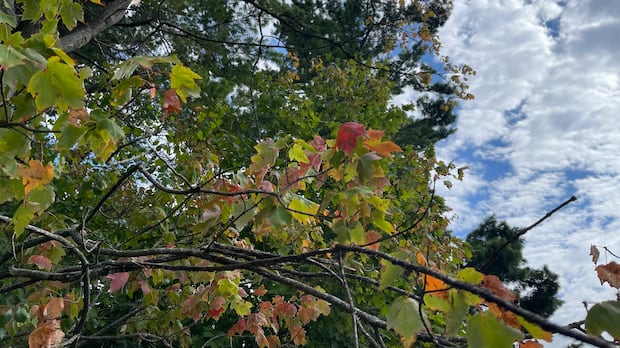A dry summer in New Brunswick has led to an early arrival of fall colors this year, according to forestry experts. The lack of rainfall, with levels below average, has put significant stress on trees in the region. The dry conditions have triggered an early change in foliage, as trees enter a protective mode to conserve water.
The reduction in water availability due to the drought has forced trees to shut down their photosynthesis process prematurely. This causes leaves to change color and fall earlier than usual. Mature trees, such as oak, maple, and birch, are more resilient to drought, while smaller trees are more vulnerable to the adverse effects of water scarcity.
Fredericton, the capital city of New Brunswick, is closely monitoring the situation. Richard Hall, a forester for the city, has observed the premature leaf drop and rapid transition from green to brown in some trees. Urban trees are under greater stress compared to those in natural forests, prompting the city to water young trees to ensure their survival.
Despite concerns about potential tree mortality, Fredericton maintains a robust tree canopy, with over 20,000 trees within city limits. The city is actively engaged in a tree planting program, aiming to double the number of trees planted annually to mitigate the impact of the dry conditions on the local tree population.



